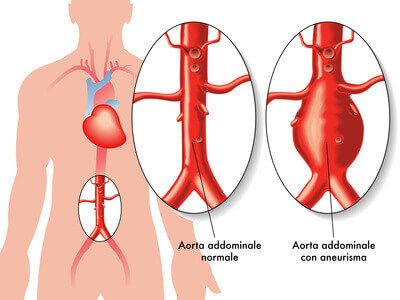A new diagnostic tool might change the classical abdominal aortic aneurysm (AAA) cutoff thresholds of 5.5 and 5 cm for men and women, respectively. The new ultrasound speckle tracking technology can study AAA wall motion in real time and has the potential to become the new standard for diagnostic and therapeutic decisions.

This study looked at whether 4D ultrasound-based wall motion indices were able to distinguish between AAA regions with different deformation patterns to locate areas potentially more vulnerable to rupture.
Compared against the aneurysm neck, the aneurysm wall showed very heterogeneous deformation with highly significant differences. This supports the theory of different zones based on vulnerability.
Regions with the highest circumferential peak strain were found between the back of the neck and the sac.
Maximum aneurysm diameter (the classical decision-making parameter) did not show a significative correlation with wall motion indices. The only exception was longitudinal mean strain which inversely correlated with diameter.
Read also: SOLACI PERIPHERAL | 2nd Clinical Case: Juxtarenal Abdominal Aortic Aneurysm.
Aneurysm diameter as sole decision-making criterion might present downsides, leading relatively small aneurysms to burst, unlike those of extreme diameter.
The mechanism behind aneurysm rupture is complex seeing as it involves a combination of physiological, biomechanical, histopathological, and even genetic factors.
This study looks at the biomechanical properties of aneurysms in a population, rather than case by case, which makes is difficult to automatically transfer these general conclusions to a particular patient.
The current literature, including the present study, does not have enough power to show the new images can change cutoff values. Therefore, managing <5.5 cm aneurysms conservatively remains safe and cost effective, for now.
Other studies have used CT imaging of flow dynamics in ruptured aneurysms. Imaging shows that aneurysms do not rupture at higher pressure points or points with higher parietal stress. On the contrary, they usually rupture recirculation points, with low parietal stress and thrombi deposit.
This recirculation pattern might predispose thrombus formation leading to adventitia degeneration and the resulting rupture where least expected.
Read also: Risk of Colonic Ischemia after Abdominal Aortic Aneurysm Repair.
A new powerful tool has come out, with the potential to identify new rupture predictors, but it is still far from the daily practice. The time to lower AAA cutoff thresholds is yet to come.
Original title: Is It Time to Move Beyond the 5.0/5.5 cm Diameter Thresholds for AAA Repair? Time Resolved Ultrasound Imaging for Assessment of AAA Wall Motion.
Reference: Sandro Lepidi et al. Eur J Vasc Endovasc Surg. 2020 Oct;60(4):548. doi: 10.1016/j.ejvs.2020.06.024.
Subscribe to our weekly newsletter
Get the latest scientific articles on interventional cardiology





